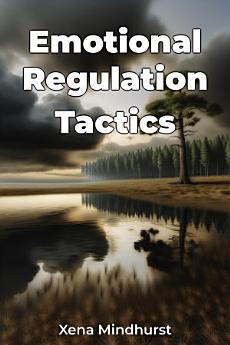Emotional Regulation Tactics
About this ebook
Structured as a three-part journey, the text progresses from explaining the science of emotions to teaching immediate interventions and long-term resilience habits. Case studies and exercises—such as emotion-tracking journals—bridge theory and daily life, while addressing critiques (e.g., mindfulness as a superficial fix) adds nuance. What sets it apart is its balance of accessibility and rigor: complex concepts like distress tolerance are distilled into relatable analogies, avoiding jargon without oversimplifying.
By integrating insights from cognitive-behavioral therapy, social psychology, and neuroimaging studies, the book equips readers to navigate stress, reframe triggers, and adapt strategies across cultural contexts. It acknowledges systemic stressors but focuses on actionable personal agency, making it ideal for overwhelmed professionals, caregivers, or anyone seeking to harness emotional energy for growth.








